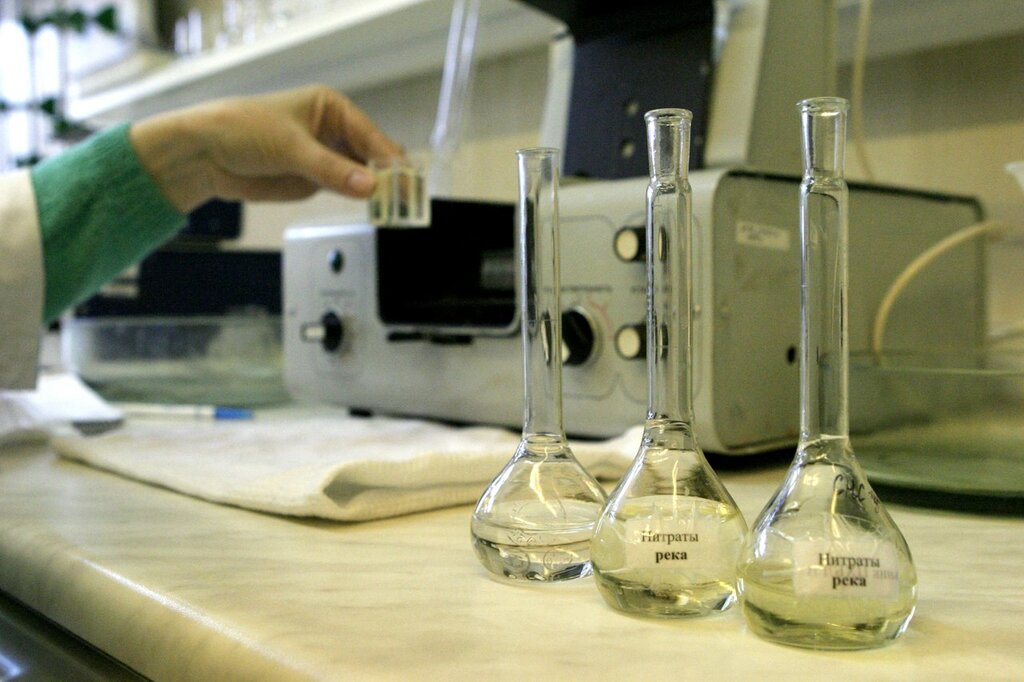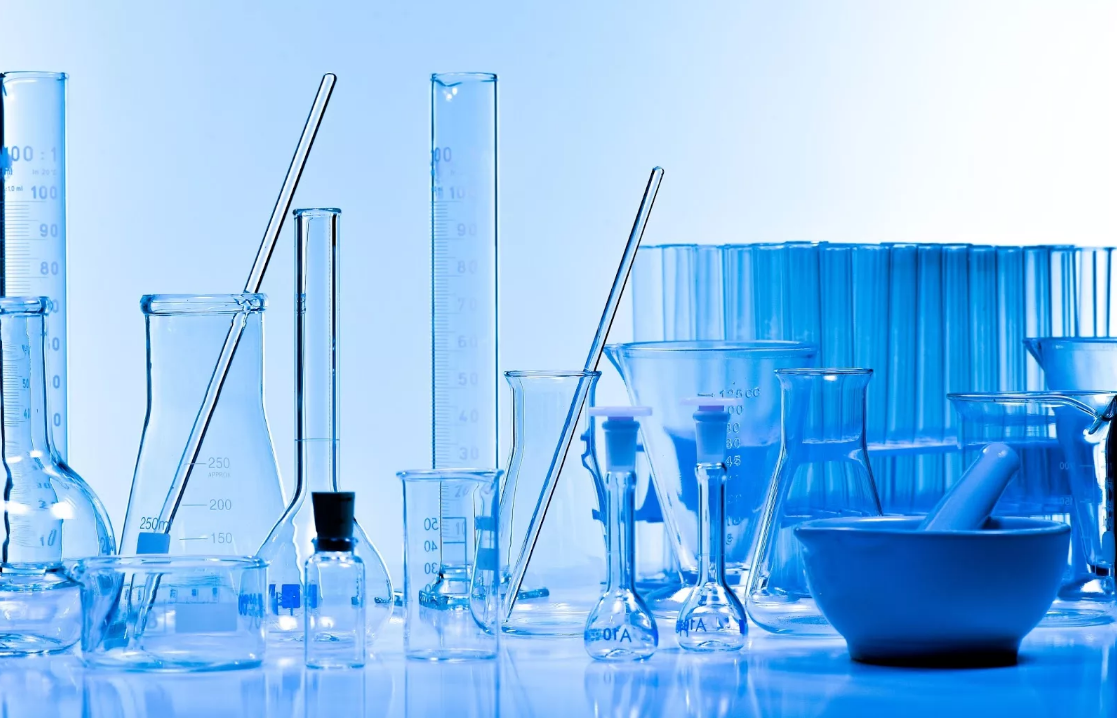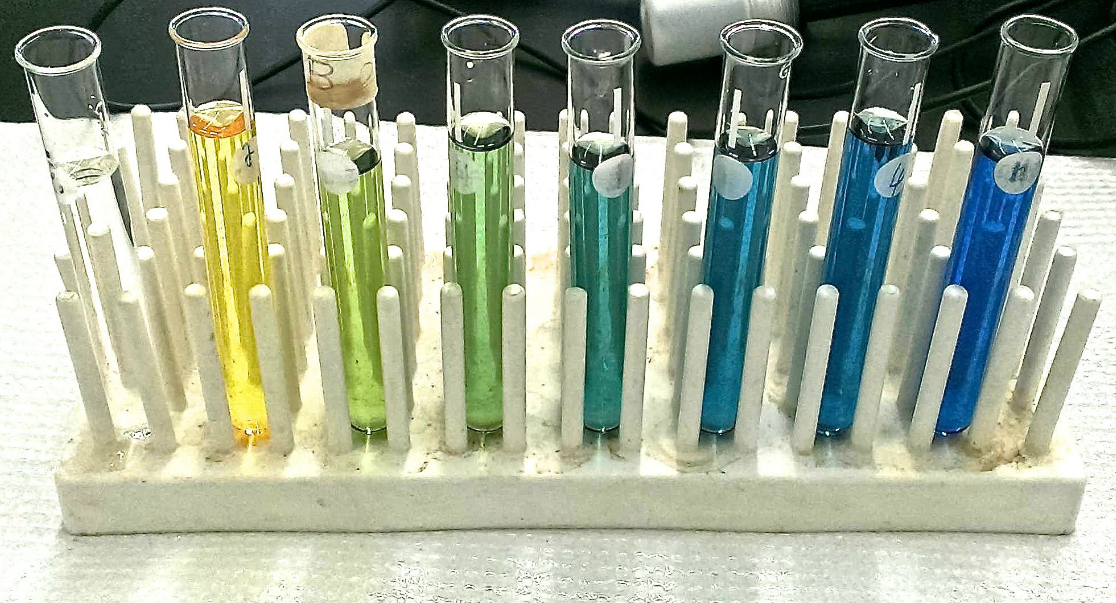How to use o-tolidine colorimetric method to detect residual chlorine in water
发布时间:2021/3/29 13:56:55 来源:贯奥仪器仪表 作者:便携式多参数水质分析仪器 阅读次数:
Residual chlorine generally refers to the residual chlorine ions in the water after chlorine disinfection. It is stipulated in the domestic drinking water standards that the free residual chlorine content of the centralized water supply factory water should not be less than 0.3mg/L, and the water at the end of the pipe network should not be low. At 0.05mg/L, the total chlorine content of the factory water should not be less than 0.5mg/L, and the end water of the pipe network should not be less than 0.05mg/L. If water plant inspectors want to accurately obtain the residual amount of residual chlorine in drinking water, they need to use professional water quality testing equipment, or check the presence of water in accordance with the o-tolidine colorimetric method specified in the national drinking water regulations and environmental water quality testing. There are water samples for residual chlorine determination. Today we will introduce to you how to use the o-tolidine colorimetric method to detect residual chlorine in water.

Principle of Residual Chlorine Determination
In an acidic solution with a pH value of less than 1.8, the residual chlorine reacts with o-tolidine to form a yellow quinoid compound, which can be colorimetrically quantified by visual method; it can also be used for permanent preparation with potassium dichromate-potassium chromate solution The residual chlorine standard solution was visually compared.
Reagents and equipment used in o-tolidine colorimetry
1. Reagents
(1) Optically pure water.
(2) Phosphate buffer solution.
(3) Potassium dichromate-potassium chromate solution.
(4) o-Tolidine solution.
(5) Concentrated hydrochloric acid.
2. Apparatus
(1) Colorimetric tube with stopper: 50mL.
(2) Volumetric flask: 1000mL.
(3) Pipette: 2, 5, 10, 20, 25, 50ml
(4) Measuring cylinder: 250, 500mL.
(5) Analytical balance: accuracy ±0.001g.
(6) Wash the ear ball.

Precautions
1. This method is applicable to the determination of total residual chlorine and free residual chlorine in drinking water and its source water.
2. The reagents should be analytically pure, and the pure water should be optically pure water.
3. The temperature of the water sample is 15-20°C. If it is lower than this temperature, the water sample should be placed in a warm water bath to increase the temperature to 15-20°C, and the color will be compared immediately, and the free residual chlorine and total residual should be measured. chlorine.
4. When comparing color, when it is between two standard color columns, take the middle value.
5. Suspended substances in the water will affect the measurement results and can be removed by centrifugation. The maximum allowable content of interfering substances is as follows: high-valent iron: 0.2mg/L; tetravalent manganese: 0.01mg/L; nitrite: 0.2mg/L.
6. The water sample is colored or turbid, it can be blanked to zero to offset its effect.
7. The lowest detection concentration of this method is 0.0mg/L residual chlorine, and the highest is 4.5mg/L.
sampling
Take a 50mL colorimetric tube of the same type used to prepare a permanent residual chlorine standard colorimetric tube, put 2.5mL o-tolidine solution, and then add a clear water sample to 50.0mL, and mix well. If the water temperature is lower than 15~20℃, the sample tube should be put into a warm water bath to increase the temperature to 15~20℃.

Colorimetric
After the water sample is in contact with the o-tolidine solution, the color comparison is performed immediately, and the result is free residual chlorine; after being placed for 10 minutes, the color comparison is performed again, and the result is the total residual chlorine. The total residual chlorine minus the free residual chlorine is equal to the combined residual chlorine.
If the concentration of residual chlorine is very high, it will produce orange-yellow. If the water sample is too alkaline and the residual chlorine concentration is low, it will produce light green or light blue. At this time, more lm o-tolidine solution can be added to produce a normal light yellow.
Finally, record the concentration of the residual chlorine standard colorimetric solution with the same color as the water sample, and obtain the specific parameters of residual chlorine.


